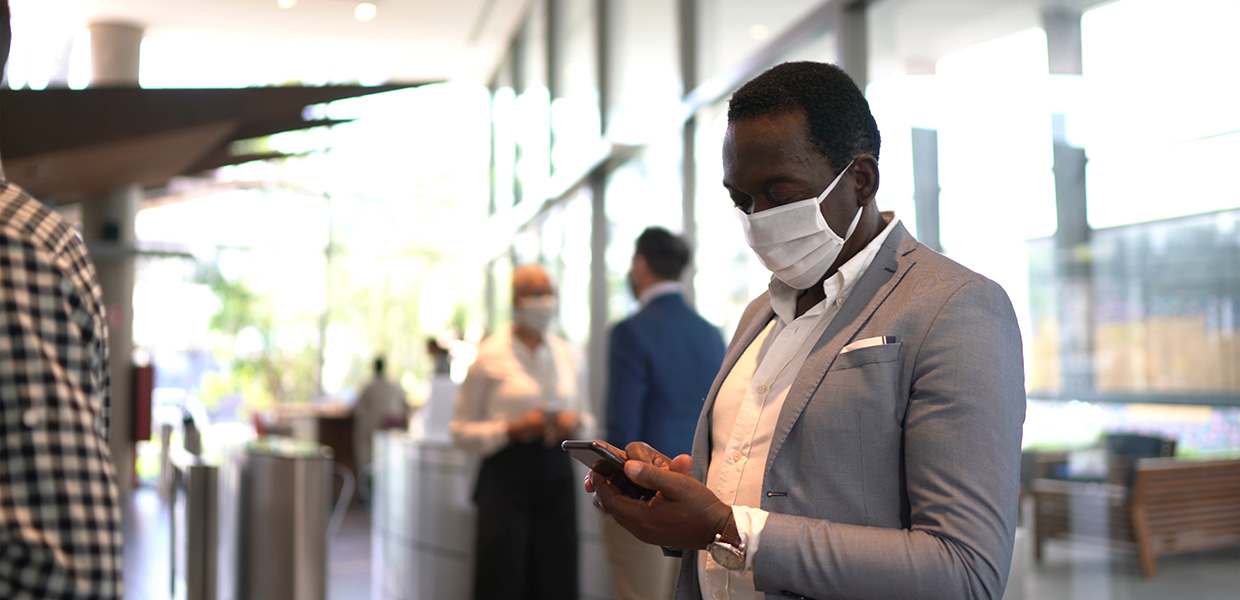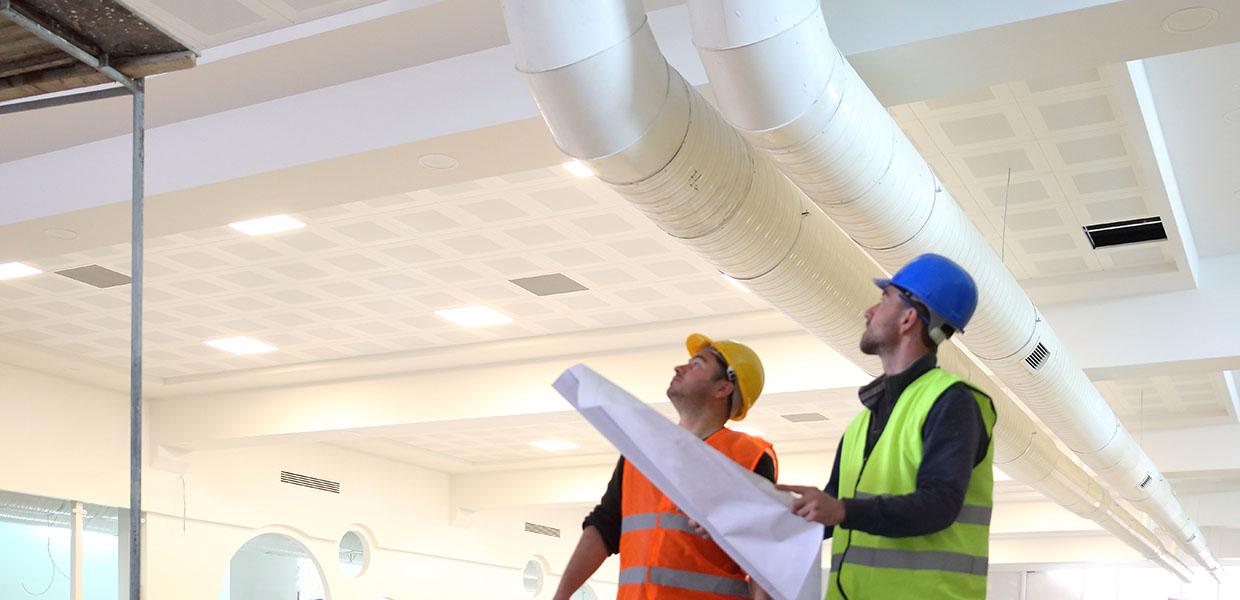In its recent webinar “Keeping Occupants Safe: The Framework for Healthy Buildings,” DLL had the opportunity to feature the research and findings from leading consulting firm Frost & Sullivan about the future of healthy buildings and the physical workplace in a post-pandemic society. Part one of this two-part blog series discussed the economic impact and predicted recovery from COVID-19, safe-start plans, and existing and future business models as the pandemic persists.
Part two continues this conversation by examining the new priorities for building operators to consider in the future and examples of successful response strategies so far.
New Priorities and Considerations
In the “new normal” future of healthy buildings emerging from the COVID-19 pandemic, several design considerations will take priority. New facility layouts will dictate technology and service prioritization. Health and wellness and safety guidelines will even take precedence over other considerations, such as energy efficiency, so that occupants feel safe returning to the physical workspace. In addition, decentralization and lower density workspaces will characterize spatial planning, making technology requirements more customized. Selective occupancy, adaptable furniture, non-porous, modular, and anti-microbial finishes will be highly preferred as building planners learn from the onset of challenges the pandemic introduced since it began in early 2020.
“New Normal” Technologies
Along with these new priorities, the scope for value creation for building owners and customers shifted dramatically since the pandemic began. Frost & Sullivan predicts the adoption of several technologies and applications to accelerate by 2025. In terms of lighting, advances such as AI-based lighting, voice-enabled lighting control and human-centric lighting are expected to become normal. As for automation and energy optimization, building energy performance optimization (BEPO), cloud-based remote services and predictive maintenance will increase in prevalence among other digital energy trends.
With indoor air quality (IAQ) emerging as a key consideration in heating, venting and air conditioning (HVAC) systems, technologies such as IAQ-based ventilation, ultraviolet germicidal irradiation (UVGI) and high efficiency particulate air (HEPA) filters are likely to become mainstream. For post-COVID applications specifically, occupancy detection (OD)-based social distancing, indoor positioning (IP)-based contact tracing and AI-based facial recognition and mask detection will become much more common. In addition, contact minimizing technologies, such as foot operated elevators, touch-free bathroom fixtures and touch-free toilet seat cover cleaning will become more mainstream. Furthermore, thermal imaging, pathogen scanners and nanotechnology (NT)-based self-cleaning surfaces will be further integrated in efforts to combat the spread of future viruses that arise.


